- Kenmore refrigerator water filters
- Whirlpool refrigerator water filters
- Samsung refrigerator water filters
- GE refrigerator water filters
- LG refrigerator water filters
- Frigidaire refrigerator water filters
- KitchenAid refrigerator water filters
- Maytag refrigerator water filters
- Kenmore Elite refrigerator water filters
- Estate refrigerator water filters
- GE Profile refrigerator water filters
- Amana refrigerator water filters
- Bosch refrigerator water filters
- Dacor refrigerator water filters
- Electrolux refrigerator water filters
Water Softener: Why are water softener resin beads in my water?
A broken screen or failed seal in the upper distributor can allow water softener resin beads to escape into the water supply. A cracked upper distributor also can cause this problem.
Unplug the water softener and shut off the water supply, then remove the valve assembly and inspect the upper distributor components. Replace the screen if it's torn or damaged. Replace the screen seal if it's damaged. Replace the upper distributor if it's cracked.
You'll need to add resin beads to the filter or replace the resin beads after repairing the upper distributor.

THESE REPAIRS MAY HELP SOLVE YOUR WATER SOFTENER PROBLEM
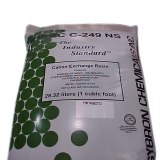
Replace the water softener resin beads
As the water flows through the resin tank, resin beads act as magnets to attract and remove the hard water minerals that make the water hard. Resin beads last for about 10 years before losing effectiveness. Replace the resin beads every 10 years or when you notice that the water softener no longer softens water despite preventive maintenance and system troubleshooting.
Water softener resin beads
Find the required part specific to your product.
Symptoms for water softeners
Choose a symptom to see related water softener repairs.
Main causes: faulty brine valve assembly, bad rotor valve…
Main causes: loose water line connections, cracked water-carrying components, bad rotor valve seals…
Main causes: broken resin tank screen, bad resin tank seals, cracked upper distributor in resin tank…
Main causes: broken water flow meter, faulty timer, water flow to softener is bypassed…
Main causes: salt bridge inside the salt tank, bad timer, valve motor failure, faulty rotor valve, clogged venturi…
Main causes: lack of electrical power, bad power transformer, faulty timer…
Main causes: empty salt tank, salt bridge, depleted resin, clogged or damaged venturi, broken rotor position switch, fai…
Main causes: clogged drain hose, faulty rotor valve, leaky rotor valve seals…
Repair guides for water softeners
These step-by-step repair guides will help you safely fix what’s broken on your water softener.
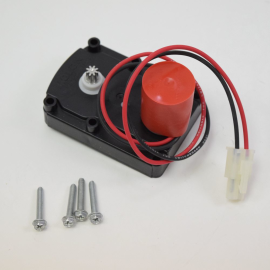
How to replace a water softener valve motor
The valve motor rotates the valve rotor to operate the water softener. If the water softener valve motor fails, follow t…
Repair difficulty
Time required
30 minutes or less
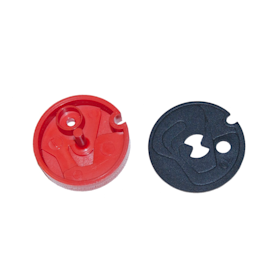
How to replace a water softener venturi
The venturi valve in your water softener draws brine water from the salt tank to the resin tank for regeneration. Follow…
Repair difficulty
Time required
15 minutes or less
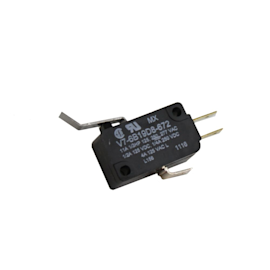
How to replace a water softener rotor position switch
The rotor position switch detects the position of the valve rotor. If the rotor position switch fails, follow these step…
Repair difficulty
Time required
30 minutes or less
Articles and videos for water softeners
Use the advice and tips in these articles and videos to get the most out of your water softener.

Learn about all the convenient features on our Sears PartsDirect website that make your parts purchases easier.…
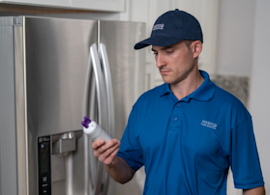
Get answers to frequently asked questions about Sears and Sears PartsDirect.…
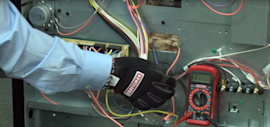
Learn how to use a multimeter to check for wiring problems in an appliance that's not working…